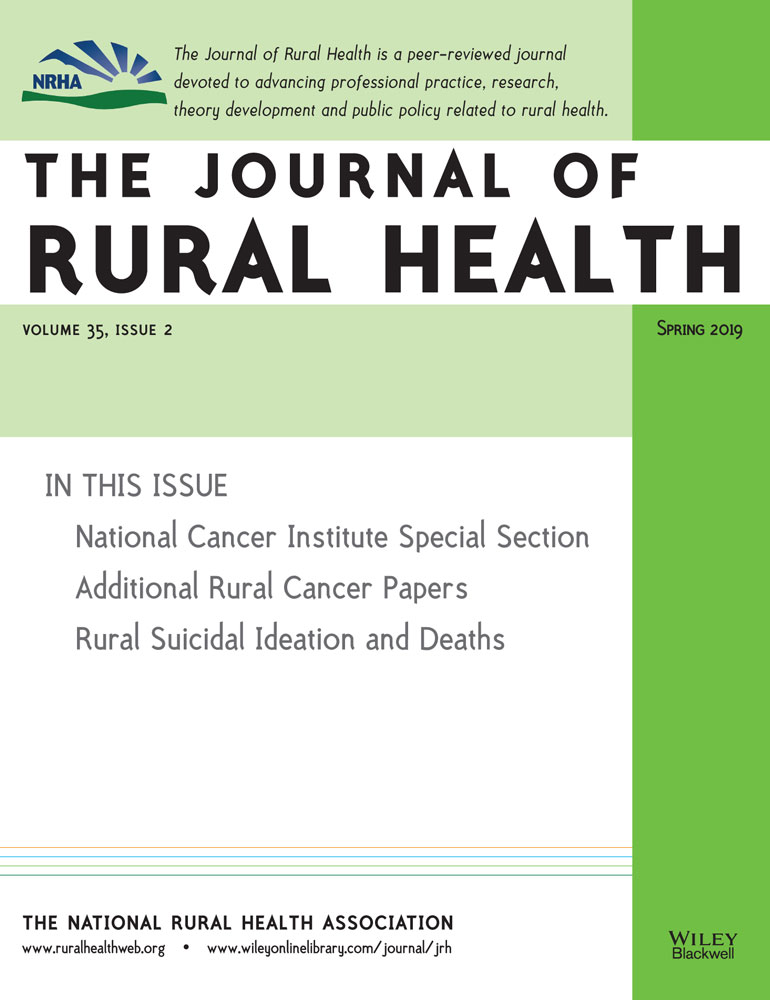Correlates of Rural, Appalachian, and Community Identity in the CITIES Cohort
Disclosures: The authors report no conflicts of interest regarding this manuscript.
Funding: This study was supported by a supplement to the National Cancer Institute Grant (P30 CA016058). The Behavioral Measurement Shared Resource at The Ohio State University Comprehensive Cancer Center, which also funded this study, is also funded by the National Cancer Institute (grant P30 CA016058) and the Ohio State University Center for Clinical and Translational Science (CTSA grant UL1TR002733).
Abstract
Purpose: To determine correlates of rural, Appalachian, and community identity among a cohort of participants in the Community Initiative Towards Improving Equity and Health Status (CITIES) project.
Methods: Mixed linear and logistic regression effects models were utilized to determine correlates of 3 outcomes: 1) community identity, 2) rural identity, and 3) Appalachian identity among participants in the Ohio CITIES project.
Findings: Distinct demographic characteristics were found to be associated with each of the outcomes. For community identity, while no differences were found for rural or urban participants, those who were single or never married (P < .0001) as well as those who graduated from college (P = .0005) reported significantly lower community identity scores than married individuals with less than a college education. Those who resided in an Appalachian county reported higher community identity scores (P = .0009) than non-Appalachian residents. For rural identity, those who did not identify as Christian (P = .018) as well as those who identified as Democrat (P = .027) reported significantly lower rural identity scores than others. Lastly, for Appalachian identity, county-level percentage of families in poverty (P = .06), as well as gender (P = .05), were associated with self-reported Appalachian identity, but these effects were only marginally significant.
Conclusions: Although community, rural, and Appalachian identity may be viewed as similar due to their measure of attachment to a place, results from this study suggest that there are distinct individual and area-level correlates associated with community, rural, and Appalachian identity.




